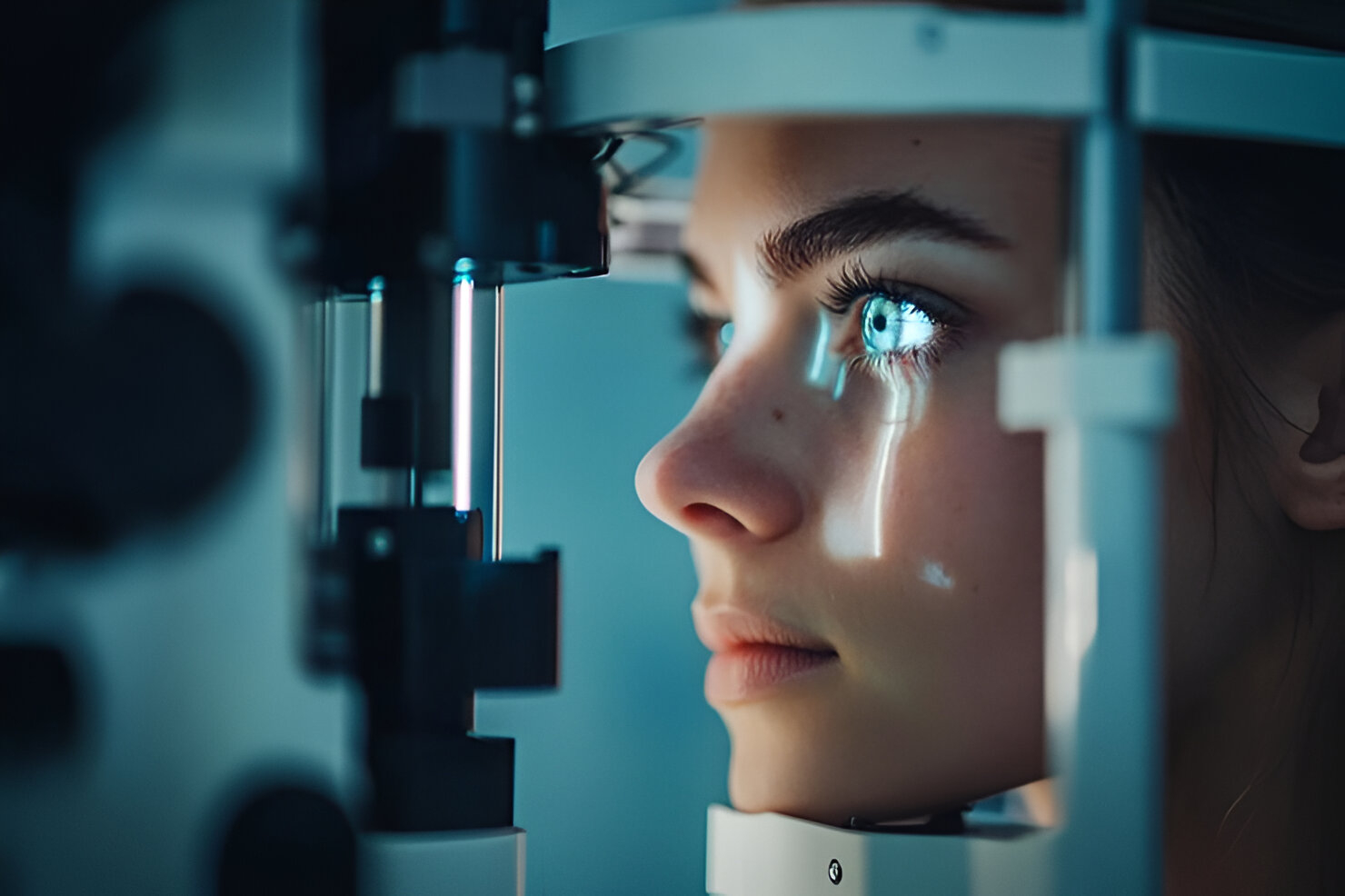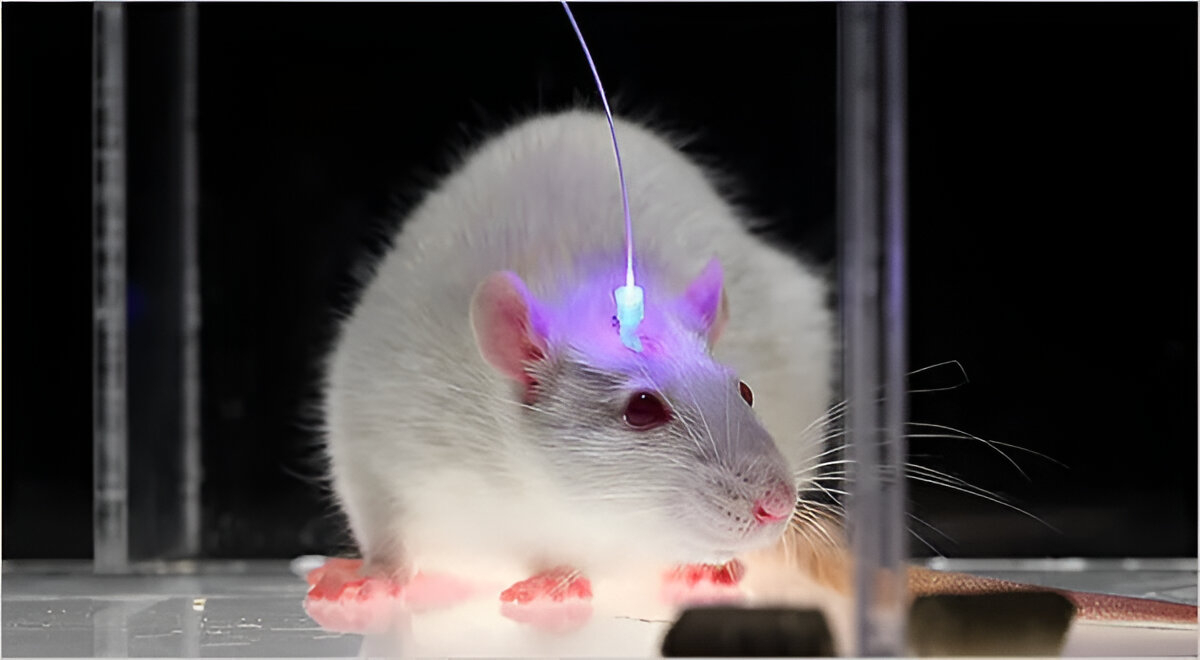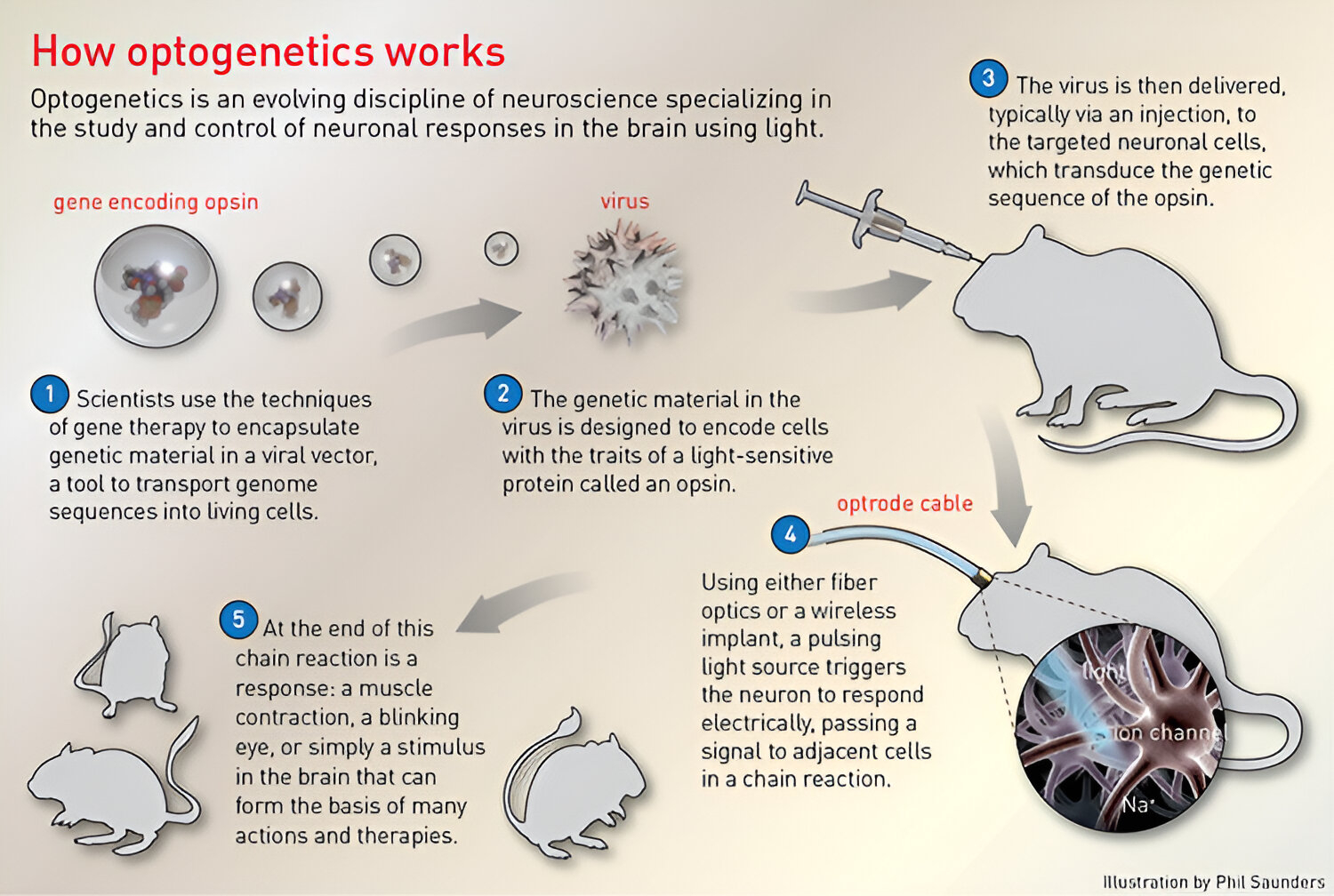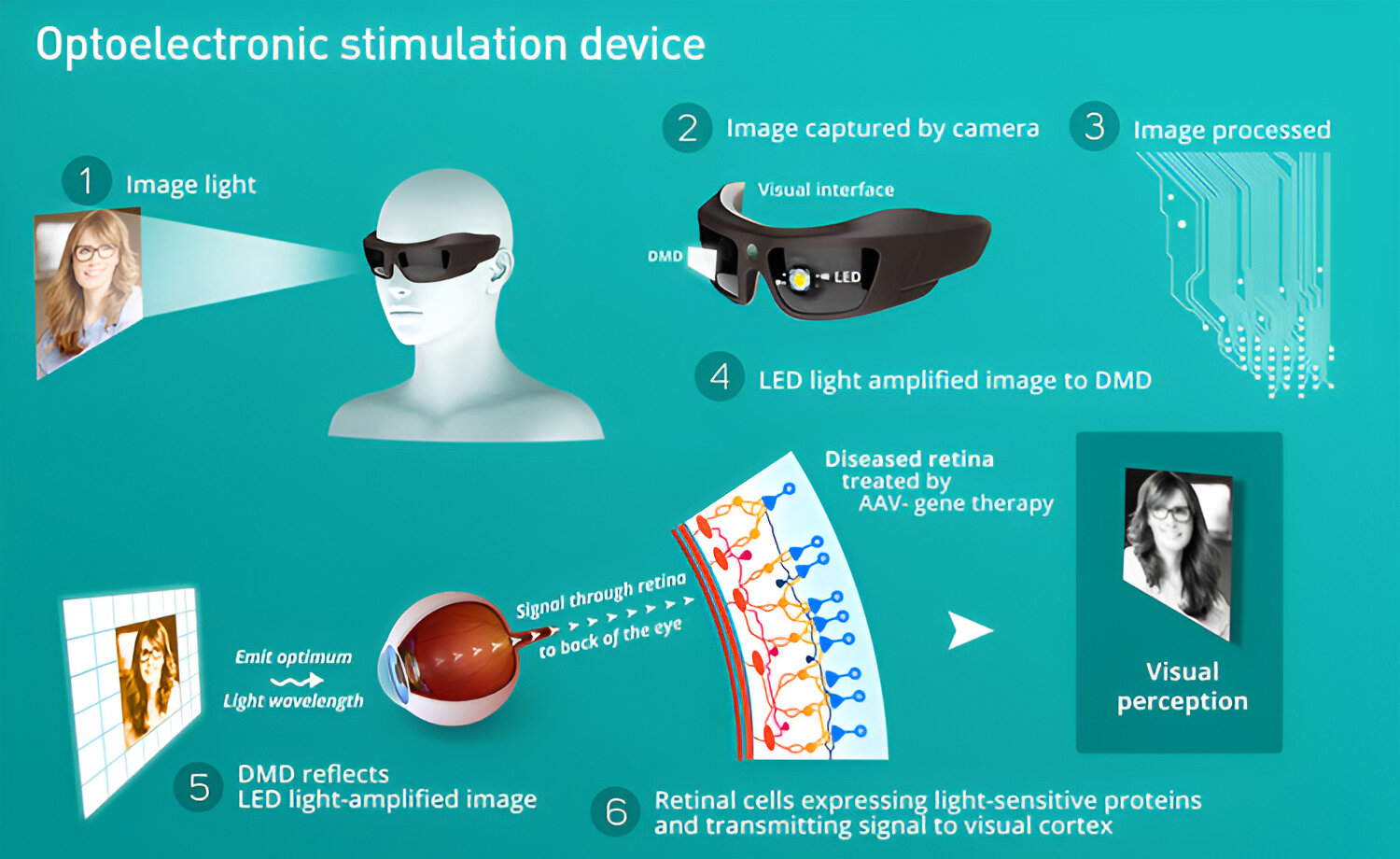
Imagine restoring sight using light itself. What once sounded like science fiction is becoming a thrilling reality through a revolutionary field called optogenetics. This emerging technology is offering new hope for millions living with inherited retinal degenerations and other forms of blindness — not through surgery or transplants, but by genetically reprogramming surviving retinal cells to respond to light.
Let’s explore how optogenetics works, its journey from the lab to the clinic, and why it’s considered one of the most promising innovations in modern vision science.
What Is Optogenetics?
At its core, optogenetics is the use of light-sensitive proteins (called opsins) to control cells in living tissue. These proteins are introduced into specific cells via gene therapy. When exposed to light, these cells activate in predictable ways.
Originally developed to study neurons in the brain, optogenetics is now being used in ophthalmology — particularly in retinal degenerative diseases, where light-sensitive photoreceptor cells are damaged or lost, but other retinal cells like ganglion or bipolar cells remain.
Why the Retina?
The retina is a thin layer of tissue at the back of the eye responsible for converting light into neural signals. In diseases like retinitis pigmentosa (RP) or age-related macular degeneration (AMD), the photoreceptors die off, causing progressive blindness. However, many inner retinal cells survive, even in late stages.
Optogenetics offers a clever workaround: bypass the lost photoreceptors and make the surviving cells light-sensitive.
How Does It Work?
-
Gene Delivery: A harmless virus (typically an adeno-associated virus, AAV) is injected into the eye to deliver the gene coding for a light-sensitive protein, such as channelrhodopsin or ChrimsonR.
-
Cell Reprogramming: The protein integrates into retinal ganglion or bipolar cells, which don’t normally respond to light. Now, these cells can act as new photoreceptors.
-
Vision Activation: With special light goggles or augmented reality systems that amplify and filter light, the patient can perceive shapes, motion, and even objects.
Clinical Milestones
A landmark study published in Nature Medicine (2021) reported the first successful case of partial vision restoration using optogenetics in a patient with advanced retinitis pigmentosa. After therapy, the patient could detect and locate objects using optogenetically reprogrammed retinal cells and custom light-enhancing goggles.
“This is the first time that a patient has had a partial functional recovery in daily life using optogenetic therapy.”
— Dr. José-Alain Sahel, Vision Institute, Paris

Several companies, such as GenSight Biologics, Nanoscope Therapeutics, and Bionic Sight, are now in early or mid-stage clinical trials exploring various optogenetic strategies.
Challenges Ahead
While promising, optogenetics still faces a few hurdles:
-
Light Sensitivity: Natural sunlight isn’t always enough; patients often need wearable devices or goggles to amplify and translate visual scenes.
-
Resolution: The “pixel” resolution of optogenetic vision is currently lower than natural vision.
-
Adaptation: The brain must relearn how to interpret this new form of visual input, much like learning a new language.
But as genetic engineering, optics, and neuroscience continue to advance, these challenges are expected to diminish.
Why It Matters for the Future of Optometry
Optogenetics represents a paradigm shift — moving from vision correction to vision restoration. It pushes the boundaries of what’s possible, offering potential treatments for diseases that were once considered untreatable.
For optometrists and vision scientists, this means:
-
A deeper integration of genetic counseling in eye care
-
Collaborations with neuroscientists, engineers, and AI experts
-
Expanded roles in pre- and post-treatment assessments and patient rehabilitation
Fun Fact
The light-sensitive proteins used in optogenetics originally come from algae and microbes, where they help organisms respond to their environment. Now, they’re helping humans see again.
Final Thought
Optogenetics is not just a laboratory breakthrough — it’s a beacon of hope, it symbolizes a deeper truth about the resilience of the human body and the ingenuity of modern science. By reawakening vision in eyes long thought blind, we’re not only restoring a sense, but redefining the boundaries of what medicine and technology can achieve together. As we look ahead, the fusion of light, genetics, and neuroscience offers more than treatment — it offers transformation, and perhaps one day, the gift of sight for all who’ve lost it.
“We are not just restoring vision. We are redefining what it means to see.”
— Dr. Botond Roska, Institute of Molecular and Clinical Ophthalmology, Basel
While still in its early clinical stages, it’s laying the groundwork for a future where blindness is no longer permanent, but treatable through light and gene science.
References & Resources
-
Sahel, J. A., et al. (2021). Partial recovery of visual function in a blind patient after optogenetic therapy. Nature Medicine, 27(7), 1223–1229.
-
Boyden, E. S., et al. (2005). Millisecond-timescale, genetically targeted optical control of neural activity. Nature Neuroscience, 8(9), 1263–1268.
-
GenSight Biologics – https://www.gensight-biologics.com
-
Bionic Sight – https://www.bionicsightllc.com
-
Nanoscope Therapeutics – https://www.nanostherapeutics.com
-
American Academy of Ophthalmology – https://www.aao.org

